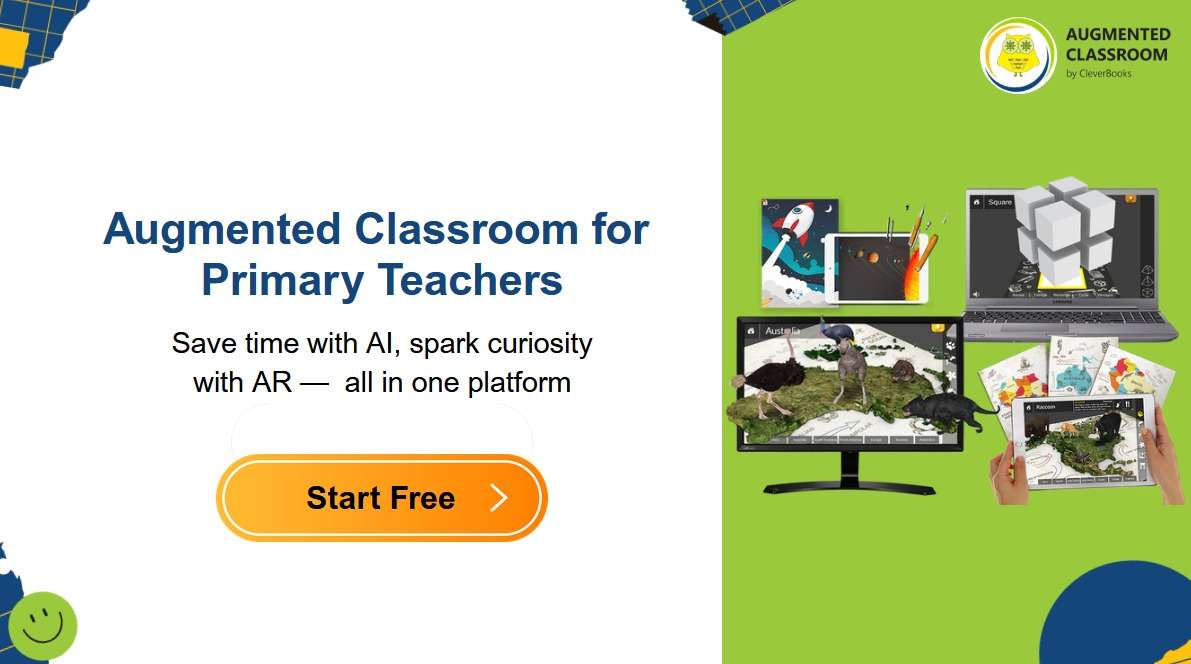As teachers, you pour energy into your students every single day. But when was the last time you paused to check in with yourself? Too often, teachers ignore their own needs until stress boils over into exhaustion.
Here’s the truth: you can’t give calm if you don’t have calm. The outer world—student noise, disruptions, constant demands—often reflects what’s happening inside. If you notice yourself feeling triggered, overwhelmed, or drained, it’s an invitation to look within and ask: What am I missing? What part of me needs care?
Mindfulness is not about adding another task to your plate. It’s about giving yourself tiny, powerful moments of restoration that fit into the school day. Here are two simple breathing techniques you can try right in the classroom.
-
The Box Breath with a Twist
This version helps balance your energy—calming racing thoughts without making you sleepy.
- Inhale gently for 4 counts.
- Hold your breath for 4 counts.
- Exhale slowly for 4 counts.
- Hold again for 4 counts.
- Repeat for 3–5 cycles.
🧘 Meditation specialist’s note: “As you move through the ‘box,’ imagine yourself drawing a square in your mind’s eye. This gives your brain something visual to focus on, pulling it away from stress spirals.”
-
The Ocean Wave Breath
This exercise is like bringing the sea into your body—perfect when you feel tense or reactive.
- Close your eyes and imagine the sound of waves.
- Inhale deeply through your nose, letting your belly expand.
- Exhale through your mouth with a gentle “haaah,” as if fogging up a window.
- Repeat for 2–3 minutes, letting the rhythm feel like waves rolling in and out.
🧘 Meditation specialist’s note: “This breath creates a subtle sound that is soothing to your nervous system. Many teachers report feeling their shoulders drop within moments.”
Why This Matters
Every stress trigger is a clue. If classroom noise makes you tense, it might be pointing to an unmet need for quiet or space in your own life. If constant interruptions spark frustration, maybe your inner world is craving focus and boundaries.
When you care for yourself first, your students will notice. Calm radiates outward, and children mirror the state of the adult in the room.
✨ Final word:
Mindfulness isn’t about perfection or becoming a monk—it’s about learning to pause, breathe, and listen to yourself. By practicing small exercises like these, you’ll not only care for your own well-being but also model calm presence for your students.
Because the more you look within, the more peace you’ll see reflected around you.

